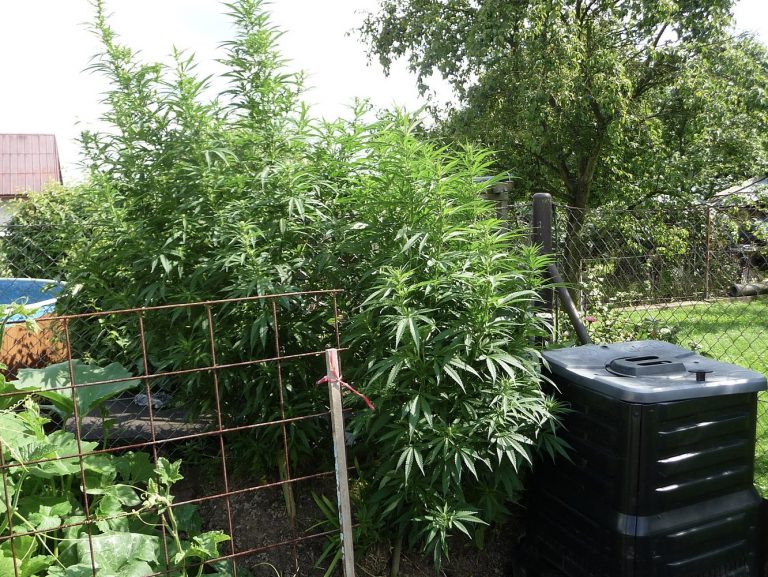While it is possible to buy high-quality cannabis from dispensaries, there is something thrilling in cultivating marijuana outdoor. Being in a position to choose the strain you need, location, and soil is basically one thing.
Plus, having the endurance to see the whole project through is another. If you stay in a state that allows at-home cultivation, be sure to consider the following tips from professional outdoor growers:
Story Stages
1. Learn How to Take Good Care of the Plants
It is vital to check on your cannabis plants frequently, particularly if you’re cultivating the plants in pots, which don’t have access to the groundwater in the soil.
When the temperature is hot, your cannabis plants will benefit a lot from water as they grow. It is also important to make sure the plants get enough water so as to prevent them from drying out and growing vigorously.
2. Get Prepared for the Harvest Beforehand
If you become successful in growing marijuana outdoors, you might want to prepare for the harvesting and drying process. This is because most outdoor marijuana plants produce a large amount of buds.
In addition, to ensure a smooth and efficient process, you can utilize a variety of specialized cannabis harvesting products and equipment tailored to outdoor cultivation. This may include a range of essential tools such as trimming implements, drying racks, trays, containers, and an array of other indispensable items that make the process easier and more efficient. So, a well-executed harvest and drying process is essential to fully enjoy the rewards of your successful outdoor marijuana cultivation journey.
Look for a dry and dark place with moderate temperatures so as to dry your harvest. While at it, separate hanging branches so as to prevent any mold or mildew issues.
3. Teach the Plants to Cultivate Properly
Cultivating cannabis outdoors means you cannot completely control all the environmental conditions that make the plants cultivate into undesirable sizes and shapes.
Luckily, there are several techniques you can use to adjust the growth pattern, yield, and appearance of your marijuana. Some of these techniques include:
- LST (Low-Stress Training)
- Topping
- Super Cropping
4. Choose Seeds
Go for the right seeds so as to harvest high-quality cannabis. If you want growing buds, you might want to go for feminized seeds. Always choose dark seeds when choosing.
However, if you prefer to harvest Indica plants, grow pot seeds, which are stripped and big. Plus, be wary of where you purchase your seeds. Always order seeds from a seed bank that understands the quality, genetics, and needs of seeds.
5. Time Carefully
It is important to ensure you time your plant moving or planting, according to the seasons. For instance, if you cultivate cannabis indoors and wish to move them outside when the weather is great, hold on until the days are long and nice. Plus, when starting from seeds, you might want to get things going as early as April.
6. Ensure Proper Drainage
When planting your marijuana plants right from the start, drainage should be the least of your worries because the earth naturally absorbs moisture with time. However, if you intend to use a big vessel to cultivate your marijuana, you may drown the plants and even cause hefty root rot.
Be sure that what you use as vessels has all the means of expelling extra water, which your plants are not able to drink. This will either make or break your plants.
Concluding Thoughts!
Cultivating cannabis outdoors is great since you will benefit from the power of the sun and will not have to spend a lot of cash.
If you can access sunny spots on the rooftop, private yard, terrace, or balcony, you can easily grow cannabis outdoor without depending on utilities and equipment as indoor cultivators do.
